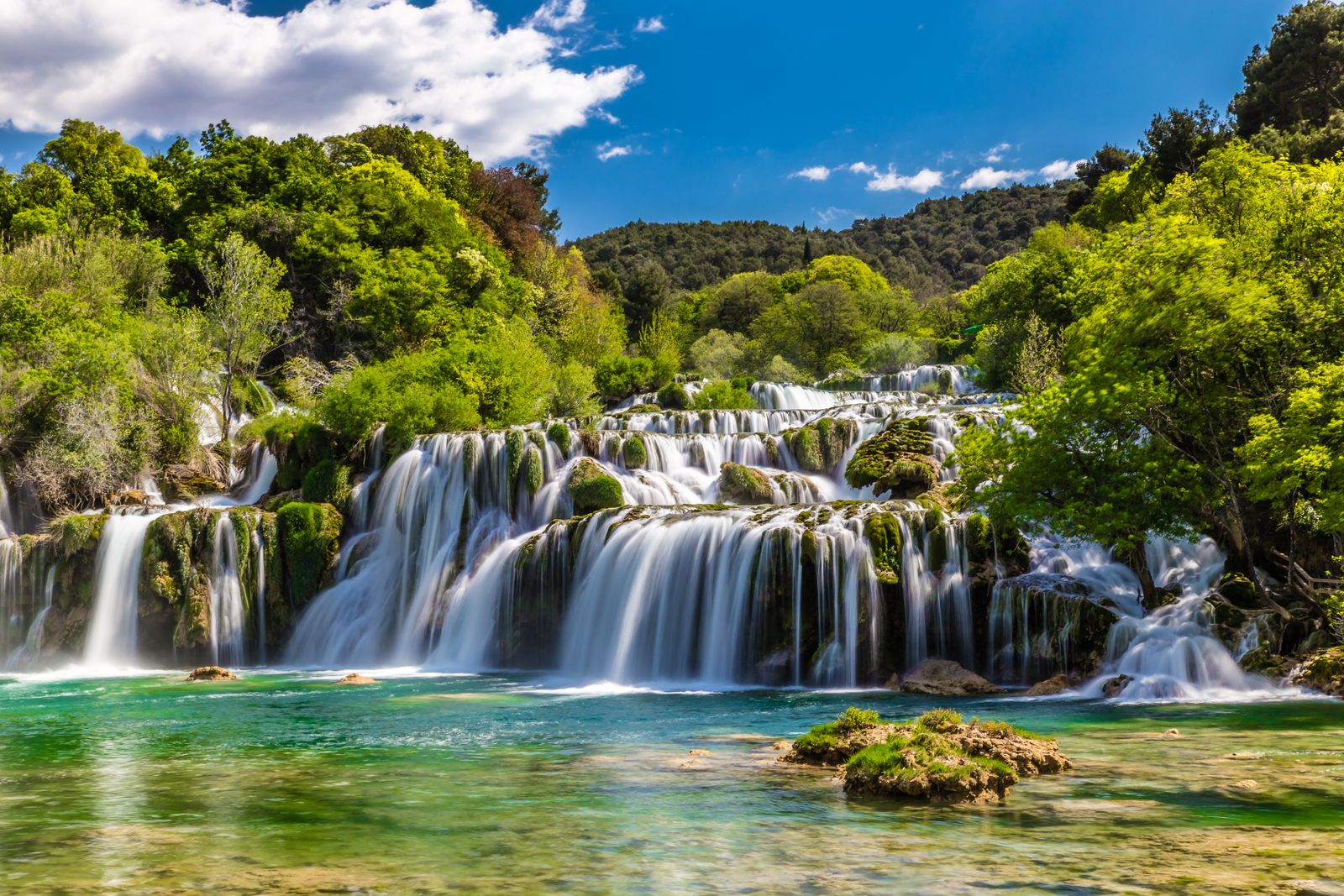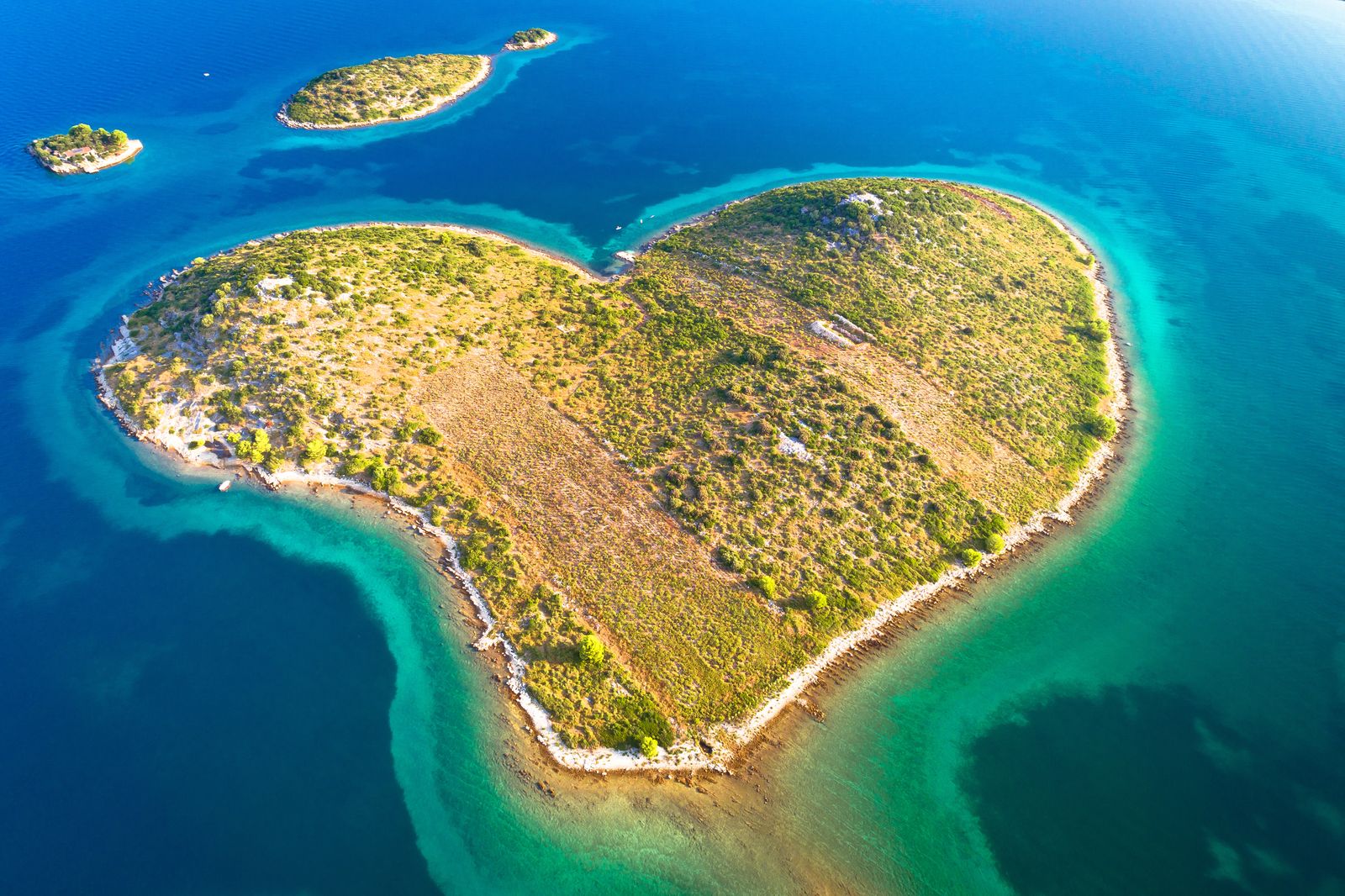Croatia is a beautiful country located on the crystal-clear blue waters of the Adriatic Sea.
It is home to stunning beaches, 1185 islands, charming cities, historic fortresses, green nature, some of the world’s most breathtaking nature parks, a great climate, and a rich history and culture.
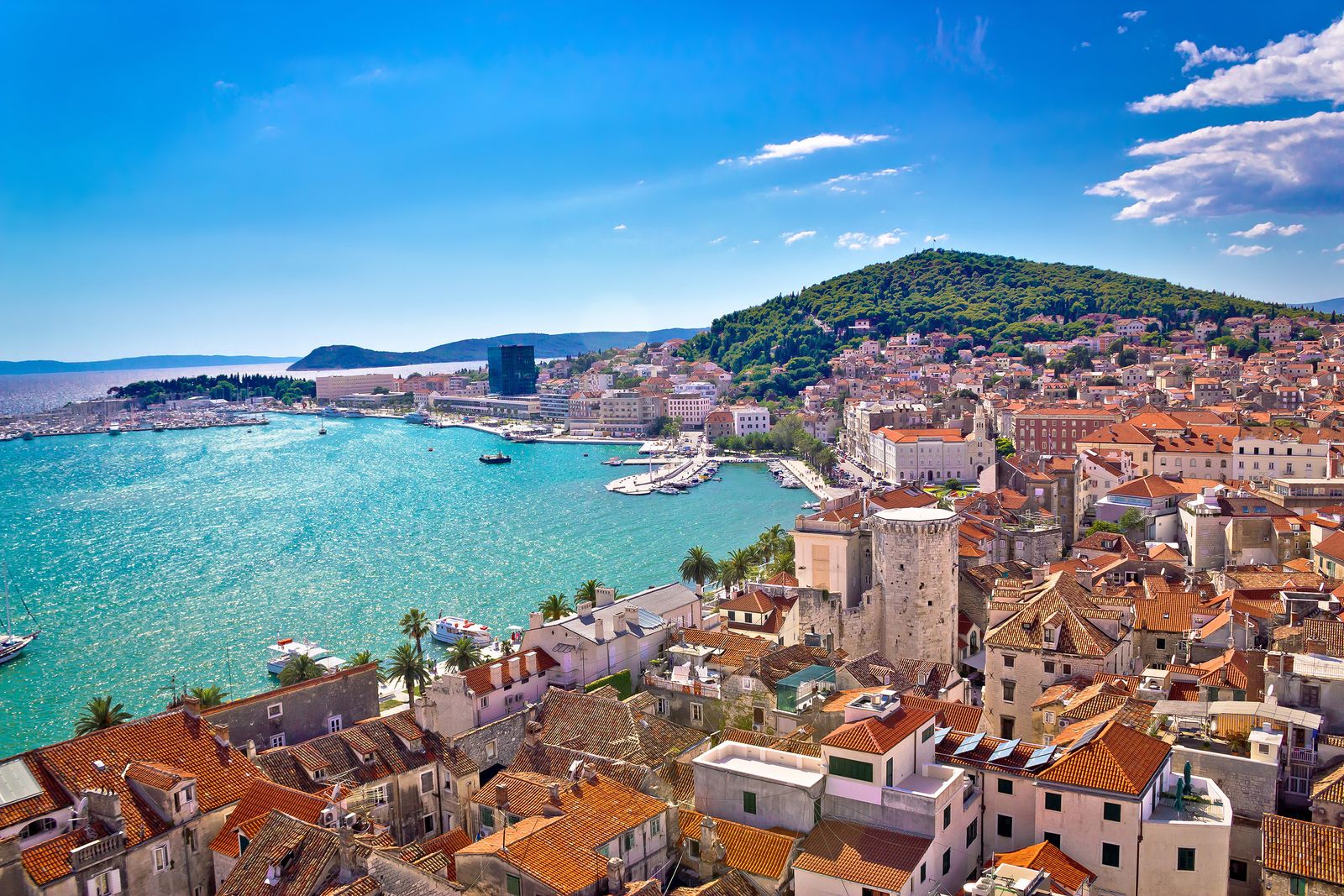
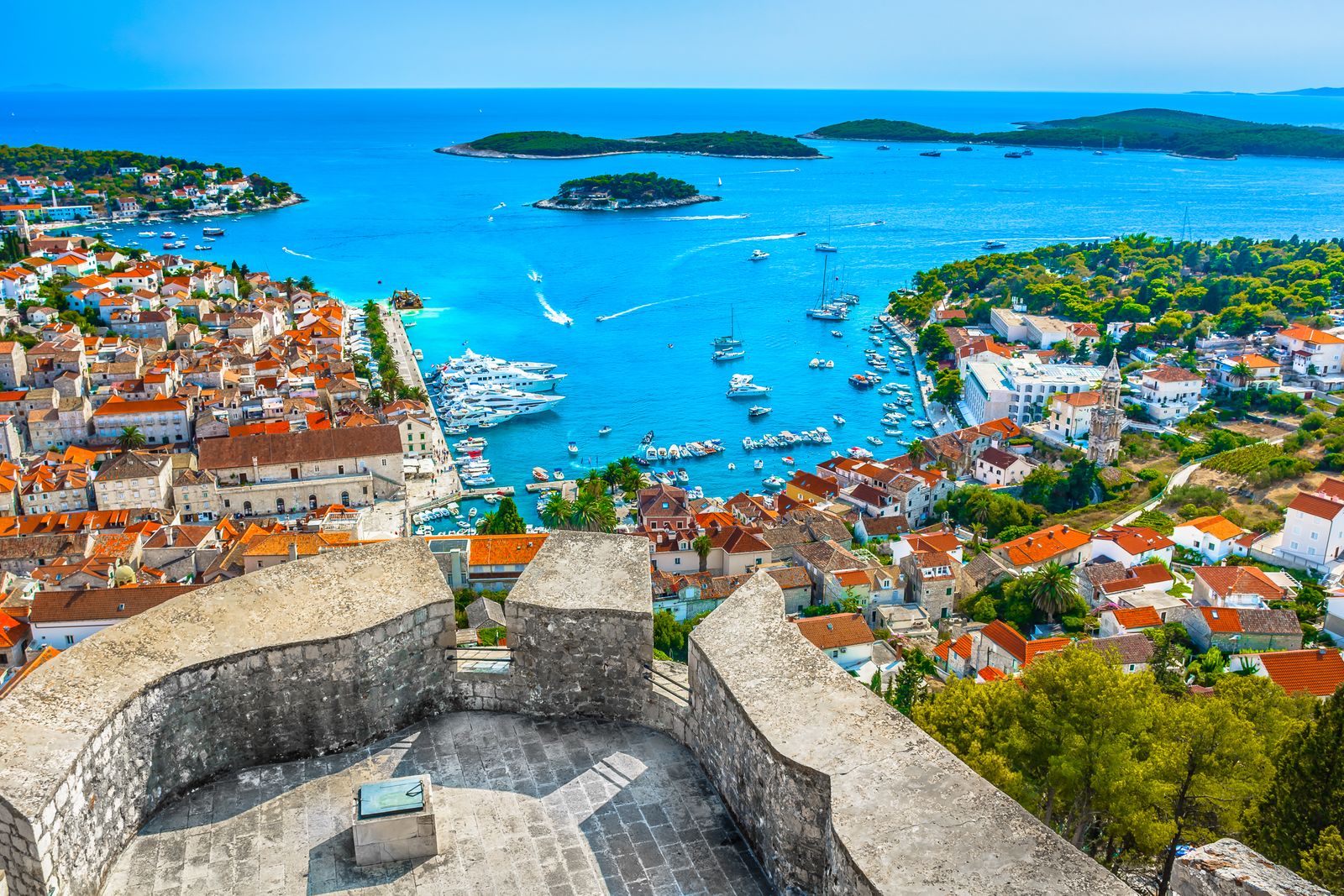
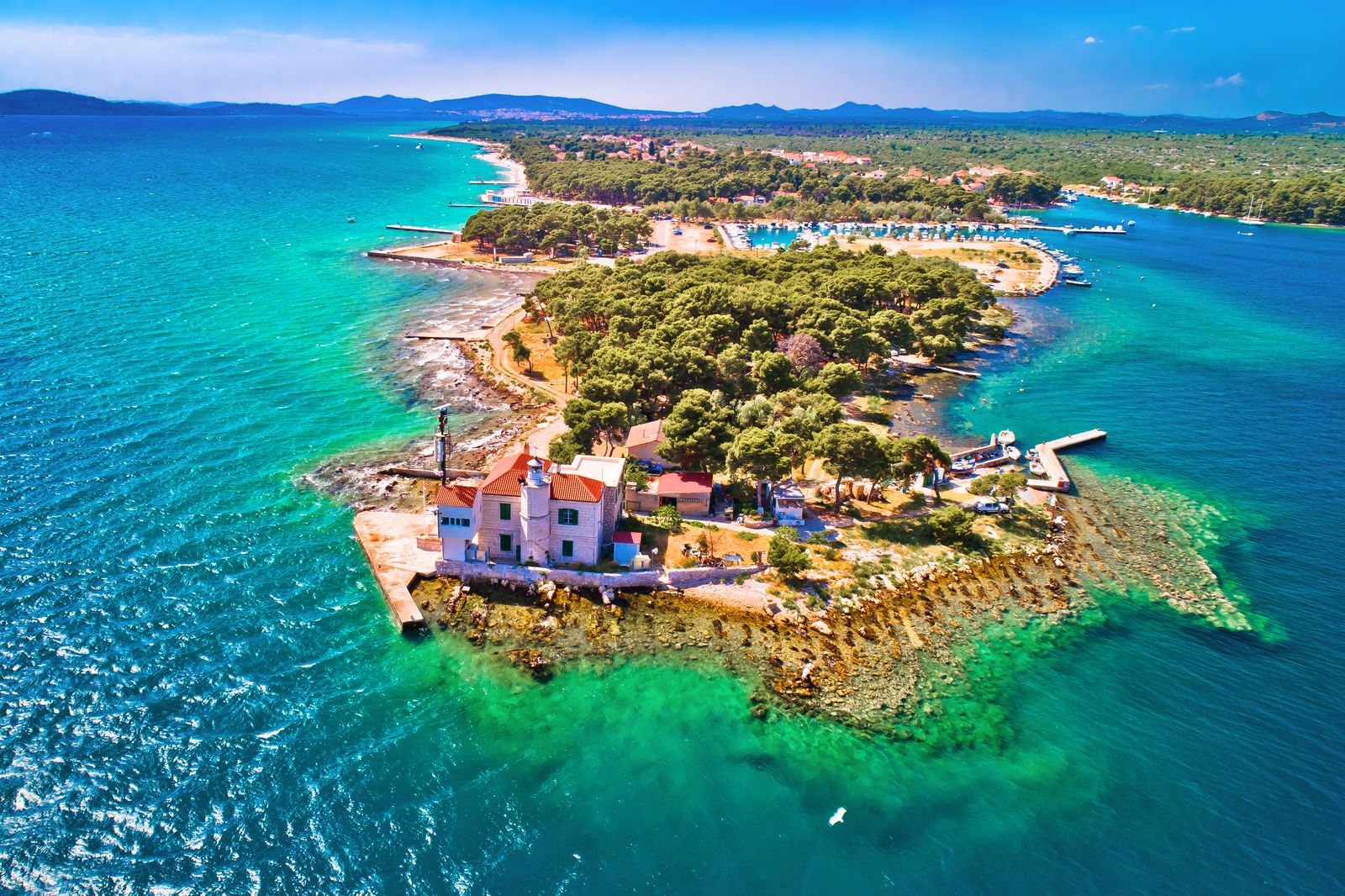
Climate
Along the coast of the Adriatic Sea, Croatia enjoys a Mediterranean climate. Dry, warm summers and the mild, wet winters are typical of this climate. In the summer months you can count on an average temperature of about 25 °C. Most of the annual precipitation falls during the autumn and winter months.The Croatian interior enjoys a continental climate. Summers are generally hot and dry, winters cold and wet. In August, the average temperature in the interior is about 24 °C. In January, the average temperature in these regions drops to freezing.
Culture
Over the centuries Croatia has been inhabited by various peoples with rich cultures. These have included the Illyrians, Celts, Ancient Greeks, Romans and Byzantines.
Remains from the Roman Empire are still iconic of several Croatian cities. For example, the amphitheatre of Pula from the 1st century and the Diocletian’s Palace in Split, dating from the 4th century, are to this day symbols of the cities in which they are located.
People often believe that Roman culture is to be found mainly in Italy, but Roman influences still abound in Croatia.
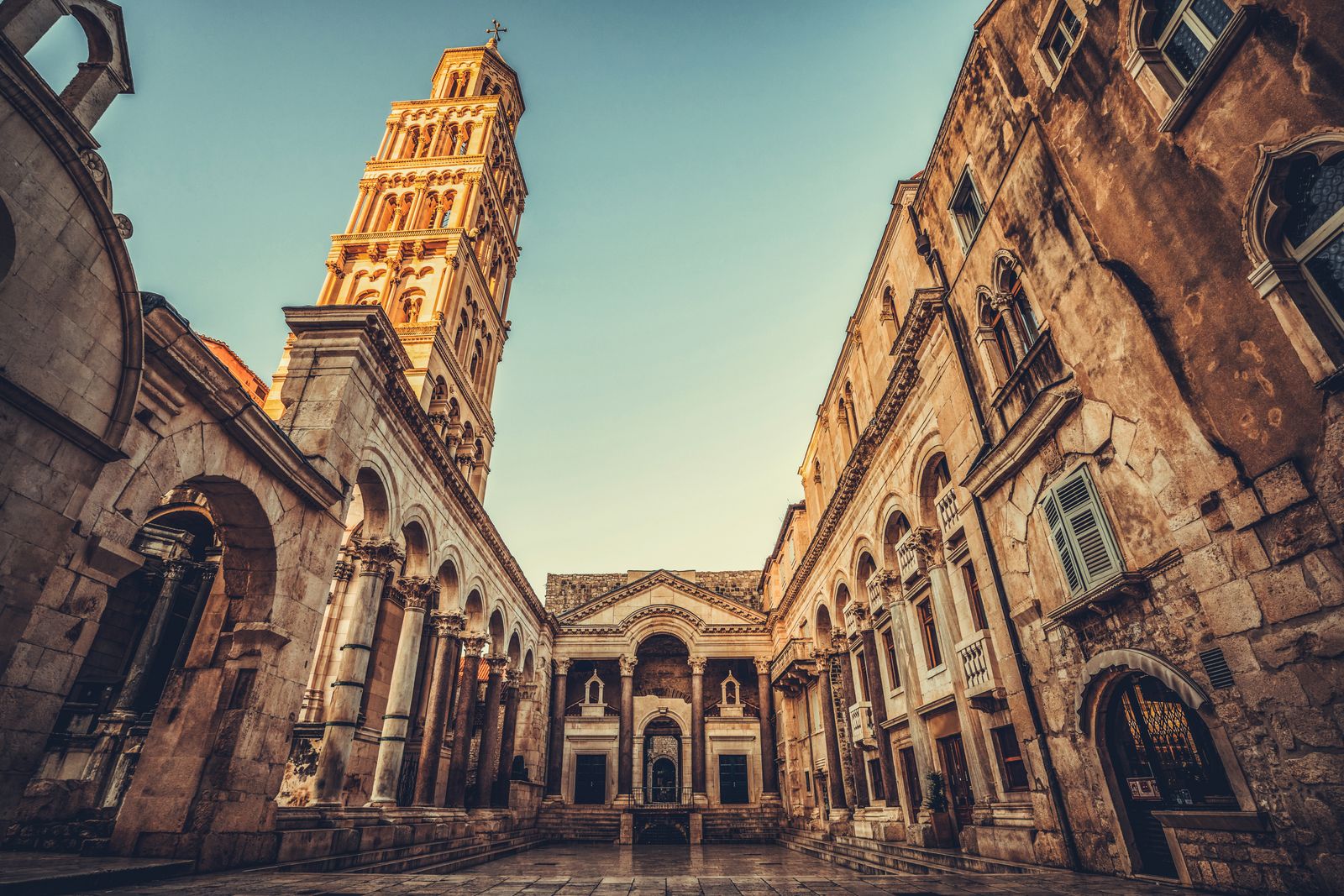
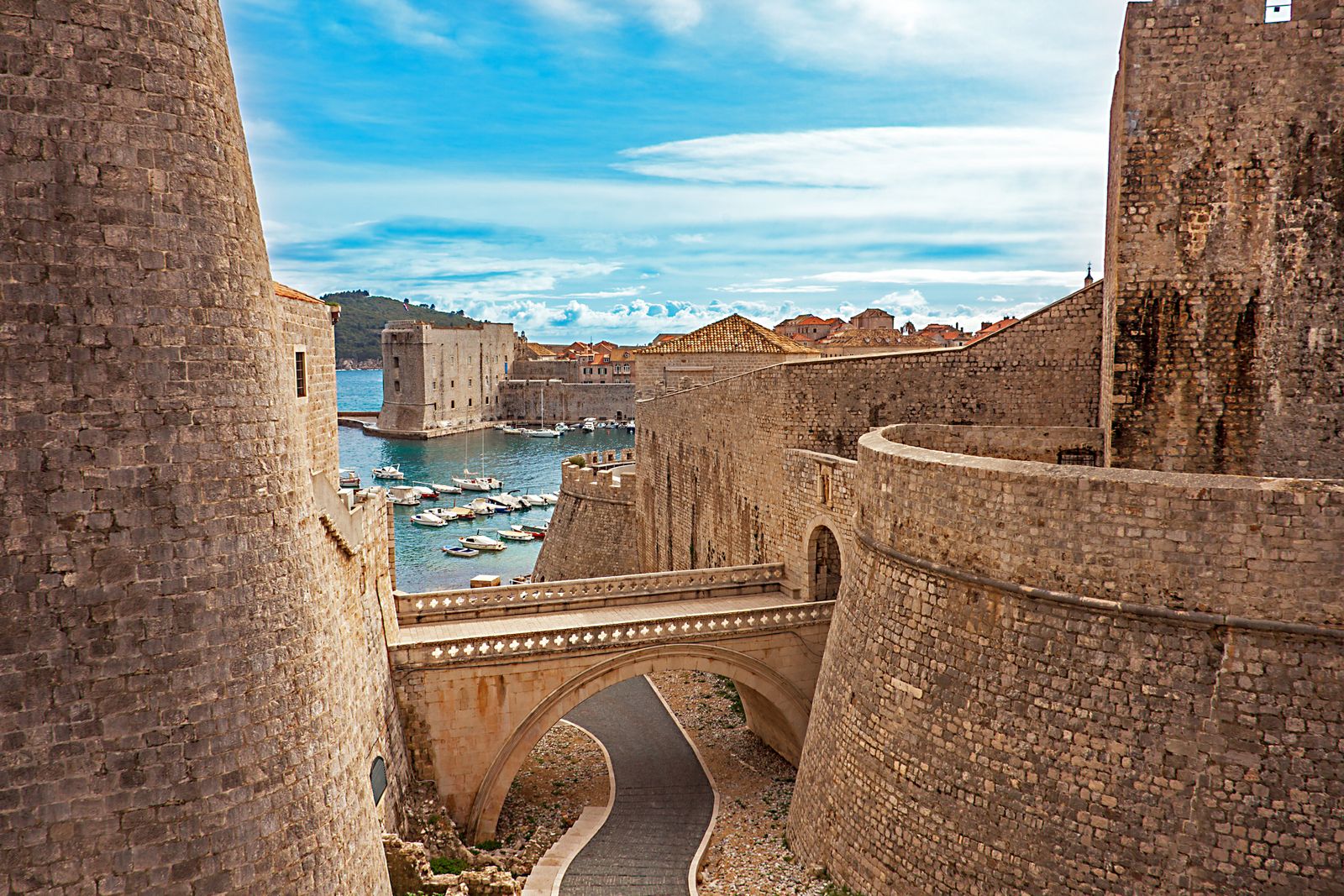
%2C%20Zadar%2C%20Croatia.jpg/picture-1600?_=178369a4c28)
Nature
Croatia is home to many beautiful nature parks, the most famous of which is Plitvice.
In the limestone gorges up to 80 metres deep, some 16 lakes form a stunning area of waterfalls. The area seems to come straight out of a fairy tale, it looks almost magical.
The Krka Falls is another must see. Seven waterfalls form a magnificent spectacle in the green landscape through which the Krka River flows. Between the waterfalls lies Visovac Lake, in the middle of which lies a small island of the same name featuring a 15th century monastery and church. Krka national park is a large area covering over 72 kilometers in length.
